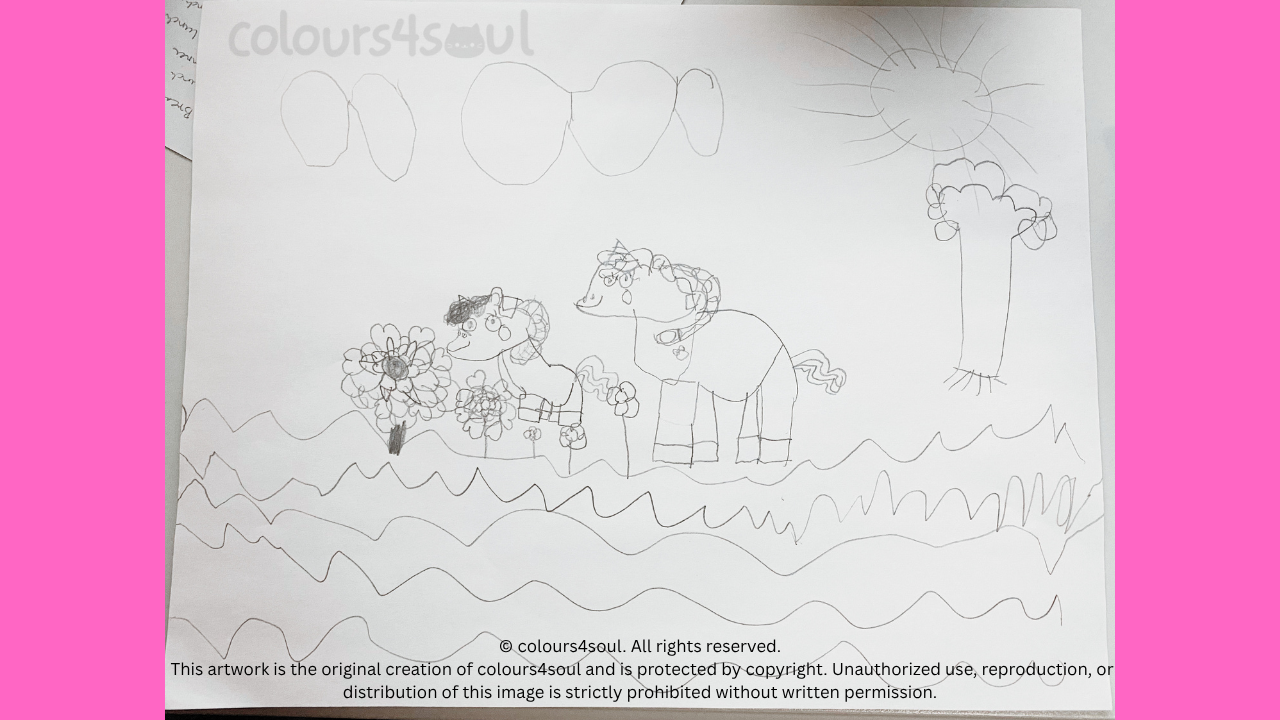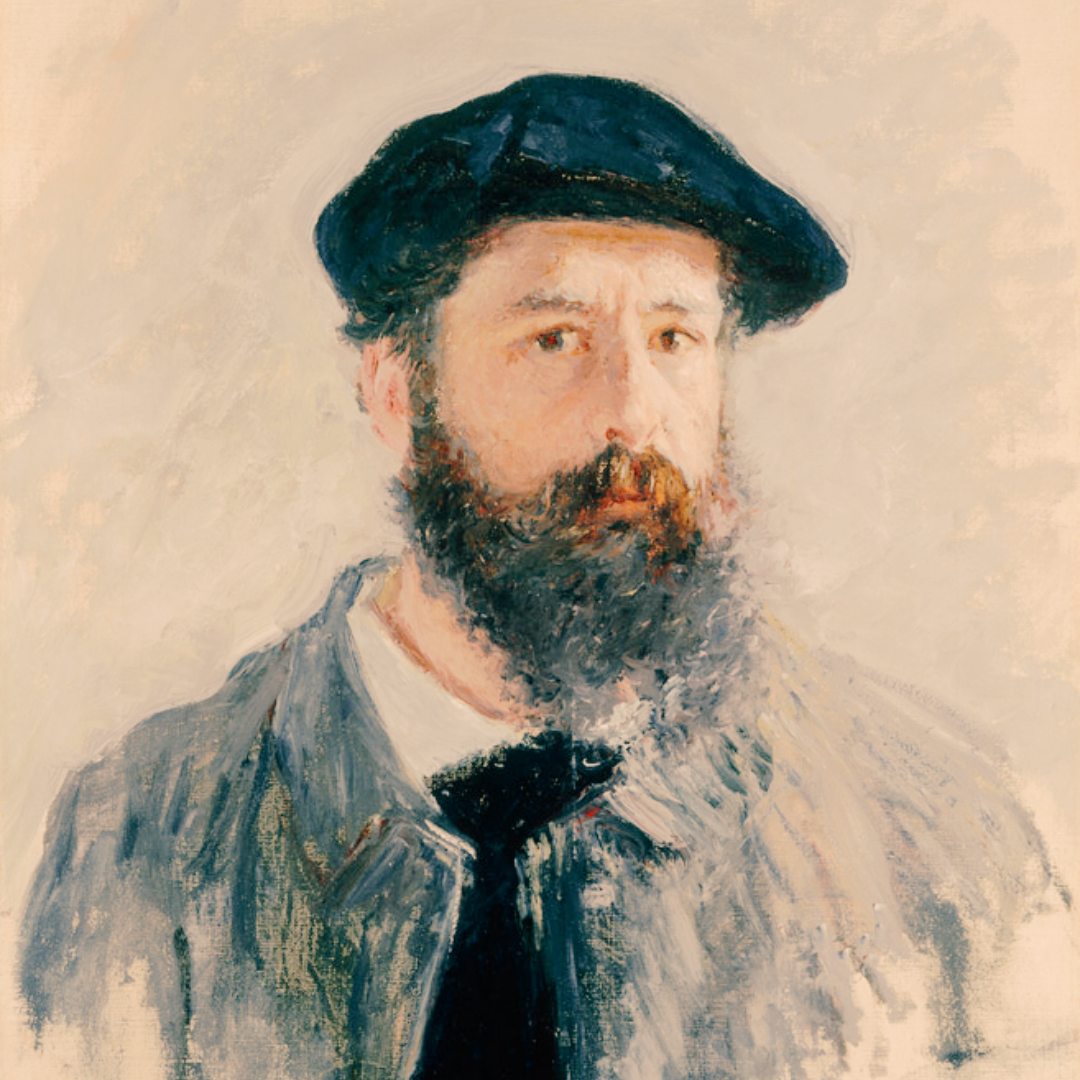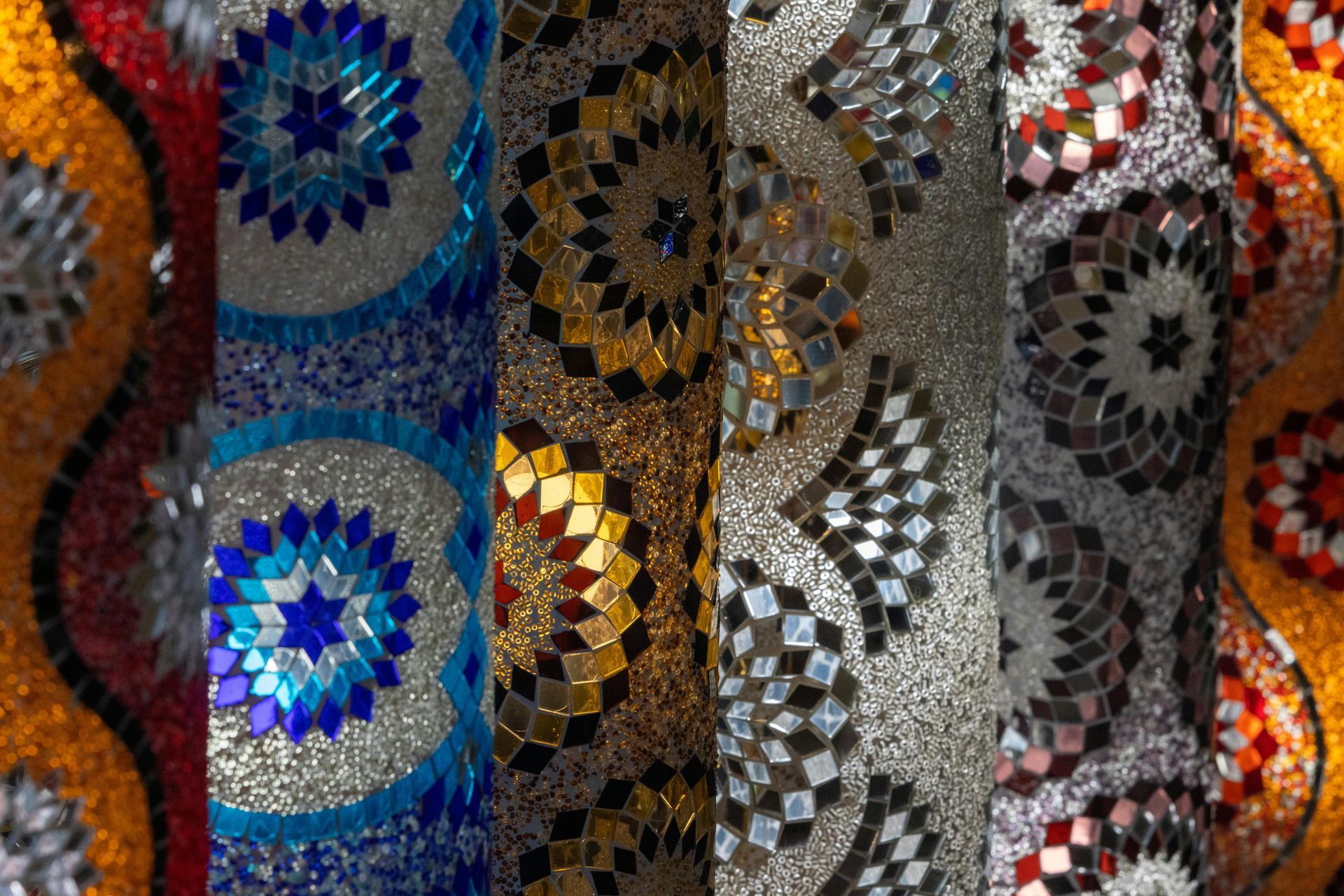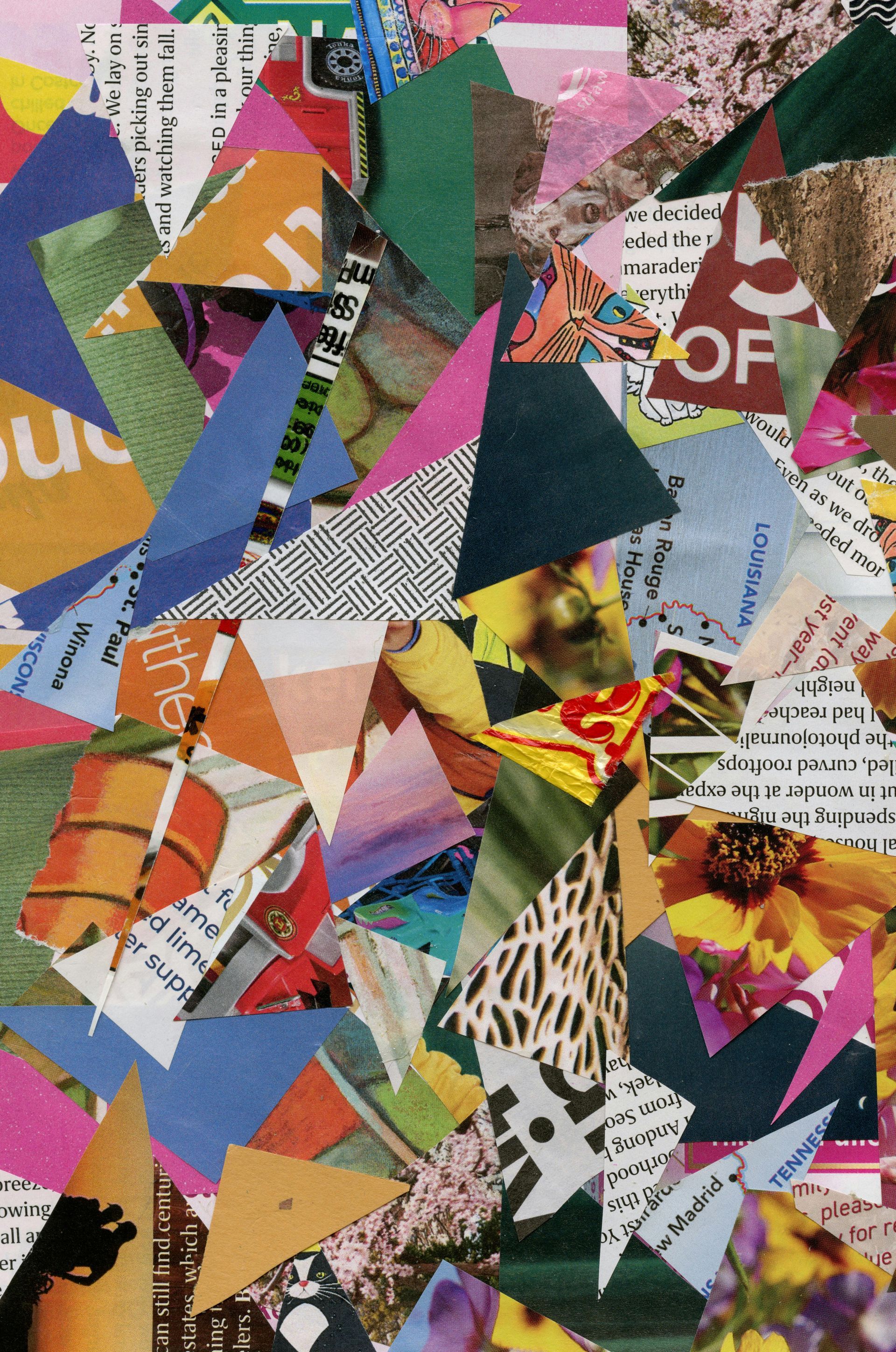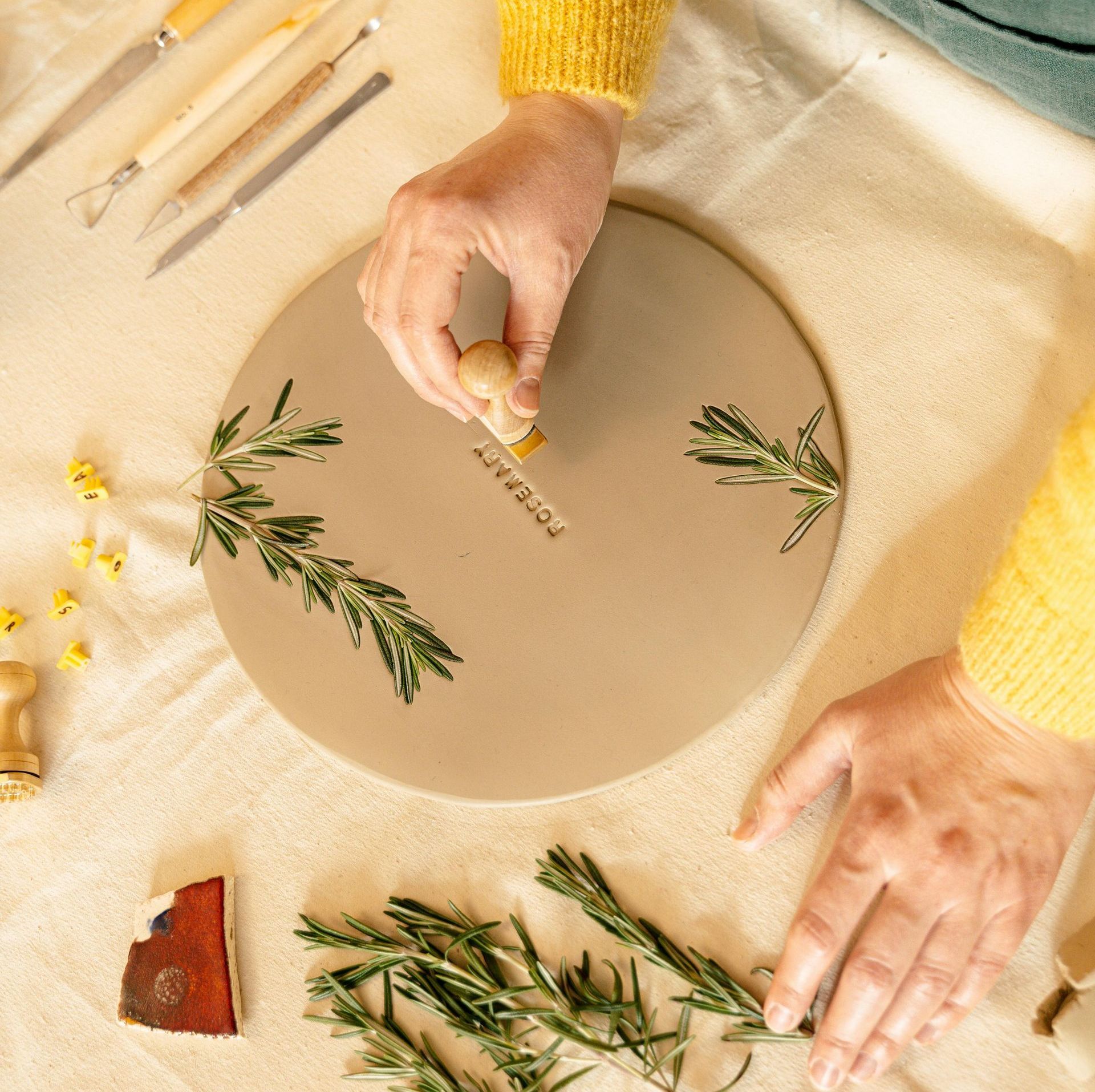Acrylic painting techniques for Kids and Beginners

Acrylic Painting Techniques for Kids and Beginners
Welcome to the colorful world of acrylic painting! If you’re new to painting or just a curious kid looking to learn something cool, this blog is for you. Acrylic paint is one of the best options for beginners because it’s easy to use, dries fast, and can create amazing effects with just a few techniques. Let’s dive into some fun and simple ways to start your acrylic art journey!
1. Flat Wash
This is one of the first things you should try. A flat wash means painting an even layer of color across your
canvas or paper. Here’s how:
- Dip your brush in water to make it a bit damp.
- Load it with acrylic paint.
- Use long, even strokes to spread the color.
It’s perfect for painting skies, oceans, or any background.
2. Dry Brushing
Want to add a textured look to your painting? Dry brushing is the way to go!
- Don’t dip your brush in water this time.
- Take some paint on a dry brush and gently stroke it on the canvas.
It’s great for creating grass, fur, or even old wooden textures.
3. Layering
One cool thing about acrylic paint is that it dries fast, so you can paint layers on top without smudging.
- Start with the background (like a blue sky).
- Once it’s dry, add details like clouds, trees, or animals.
- Keep layering to make your painting more detailed and vibrant.
4. Splattering
Ready to get a little messy? Splattering adds a fun, random effect, like stars in the sky or drops of paint.
- Dip an old toothbrush or paintbrush into watery acrylic paint.
- Flick the bristles with your finger to make tiny splatters.
Remember to cover your table and clothes—it can get messy!
5. Blending
Blending is all about mixing colors smoothly.
- Paint two colors next to each other on your canvas.
- While the paint is still wet, use your brush to blend the edges together.
You can create magical sunsets or smooth gradients with this technique.
6. Stamping
This is a super fun way to make patterns.
- Use objects like sponges, bottle caps, or even leaves.
- Dip them into paint and press them onto your canvas.
You’ll end up with cool shapes and textures.
7. Adding Details with Fine Brushes
Once you’ve painted the bigger areas, use a thin brush for small details.
- Add eyes to animals, veins on leaves, or tiny stars in the night sky.
This makes your artwork look more finished and professional.
Bonus Tips for Kids and Beginners
- Experiment with colors: Don’t worry about making it perfect. Have fun mixing and matching!
- Start small: Use smaller canvases or paper to practice before trying something big.
- Clean your brushes: Always wash your brushes after painting so they last longer.
Acrylic painting is all about exploring and having fun. Whether you’re painting a rainbow, a cat, or an
abstract masterpiece, these techniques will help you get started. Remember, every artist started as a
beginner, so keep practicing, and soon you’ll be creating art you’re proud of!
Happy painting, kids! 🎨
